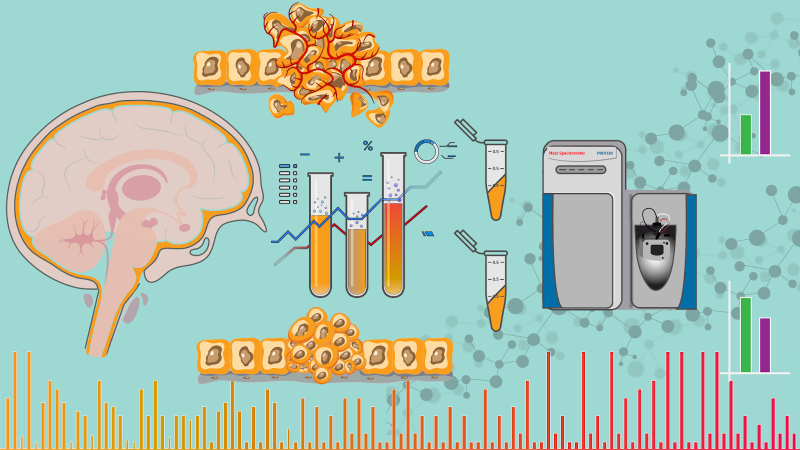Photo: Siddharth Kankaria / Research Matters
Energy seems to be the number one global priority of our times. The world is now going through the twin crisis of depleting fossil fuel reserves and the environmental catastrophe wrecked by our over dependence on unclean energy sources. As we scramble for renewable and clean energy sources with moderate success, abundant around us is the cleanest, cheapest and most efficient method for fuel production – photosynthesis - nature’s way of making fuel (food) from water, carbon dioxide and sunlight.
Now, researchers from the Indian Institute of Engineering Science and Technology (IIEST), Shibpur, in collaboration with the Flemish Institute for Technological Research (VITO), Belgium, are all set to join the global efforts in mimicking this important photobiochemical process by building the first artificial photosynthetic prototype to be entirely driven by visible light!
Artificial photosynthetic systems could spell the end of all our energy woes - they could convert CO2 from the atmosphere and potentially provide us with an endless, relatively inexpensive supply of all the clean energy we need to power our lives, that too in a storable form. But mimicking such a complicated natural process is no simple feat. Apart from laboratory level models, artificial photosynthetic devices are nowhere near being used on larger scales.
In the natural process, plants rely on chlorophyll – a pigment in plant cells - to harvest sunlight; then proceed to break down water into oxygen, hydrogen ions and electrons using a complex array of proteins and enzymes. While oxygen is released out into the atmosphere, the hydrogen ions and electrons further reduce CO2 into carbohydrates, the biological fuel. When we try to mimic the process, our photovoltaic cells do the job of chlorophyll by capturing sunlight and turning it into useful electrical energy. Our preference for the end products could also be slightly altered -- we might produce pure hydrogen that could be used in fuel cells/hydrogen combustion engine, or liquid fuels like methanol that could run our machines.
“The biological process that accomplishes the reduction of CO2 to useful fuel has been streamlined by organisms over billions of years of evolution and is hard for us to mimic. Hence scientists have been on the hunt for the perfect catalyst that could drive and speed up this process”, explains Dr. Snehangshu Patra, the lead researcher.
Though metal based catalysts containing Gallium do come in handy, the lack of abundance of the metal makes them less than ideal. A rather interesting solution to the problem is to directly make use of photosynthetic bacteria or biological enzymes in our devices since they have evolved specifically to handle the reactions, making the devices worthy of the name ‘bioelectrochemical systems’.
Bioelectrochemical Systems (BES), carry out artificial photosynthesis under ambient temperature and pressure, yielding a solar to fuel efficiency as high as 10% in a recently proposed system, as compared to photosynthetic efficiency of ~2% in green plants. However, these systems need a lot of time for bacterial growth, give us a mixed bag of products resulting in high costs of product recovery and the bacteria are ill-equipped to cope with oxygen-rich environments.
But what if we got rid of the bacteria and directly used their enzymes responsible for the catalysis? Turns out, this is a hugely advantageous solution. “Biological enzymes have a very high efficiency and product specificity in catalysing an energy expensive reaction such as the reduction of CO2”, explains Dr. Patra. Since enzymes as catalytic agents need stability and sustainability, the challenge lies in immobilizing them within the electrode and protecting them from degradation.
Funded by the Department of Science and Technology, Govt. of India, Dr. Patra’s group is working on fabricating and improving upon a recently proposed ‘integrated photobioelectrochemical system’ (IPBES) that makes use of the enzyme formate-dehydrogenase (FDH) to reduce CO2 to formic acid. Although it has a low solar to fuel efficiency of 0.042%, with a whopping 99% product purity, this technique is path breaking in being the first artificial photosynthetic system to be entirely driven by visible light, without any input of fossil fuel energy anywhere in the process!
The newly developed system consists of a semiconducting material Bismuth Vandate (BiVO4), which, when irradiated with visible light, generates the electrical energy to run the photosynthesis process. Alternatively, a biocompatible catalyst cobalt phosphate (Co-Pi) could be used for splitting water molecules into hydrogen ions and oxygen. Further, FDH makes use of the hydrogen ions to reduce CO2 to formic acid. The clever technique of embedding the FDH into a nanoscale thick polymer film provides stability and a suitable physiochemical environment for the reaction. With stable catalysis going on for two weeks, this device sports the longest-lived CO2 reducing biocathode.
“We are particularly interested in the engineering challenges in fabricating this device. It’s currently demonstrated on a 1 cm2 – 3 cm2 scale and we would like to scale it up to an area of 25 cm2 initially, and then to around 100 cm2”, comments Dr. Patra about future plans. “There is an immense potential for improving some of the aspects of the current system. We would also like to look at altering the final products to directly produce fuels such as methanol or methane”, he adds. The research is definitely leading the world one step closer to an abundant and cheap source of clean fuel.
